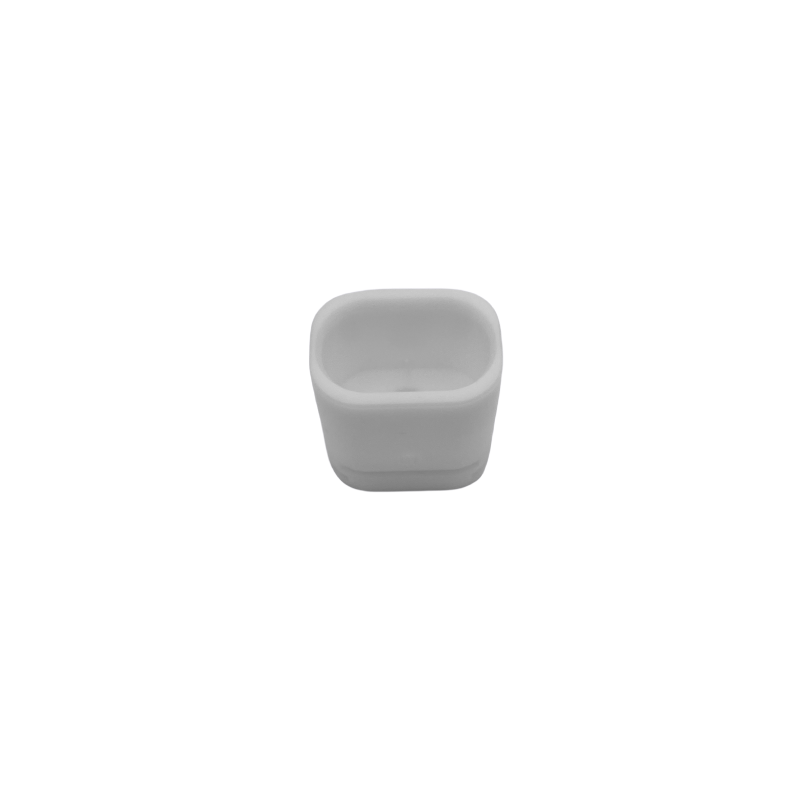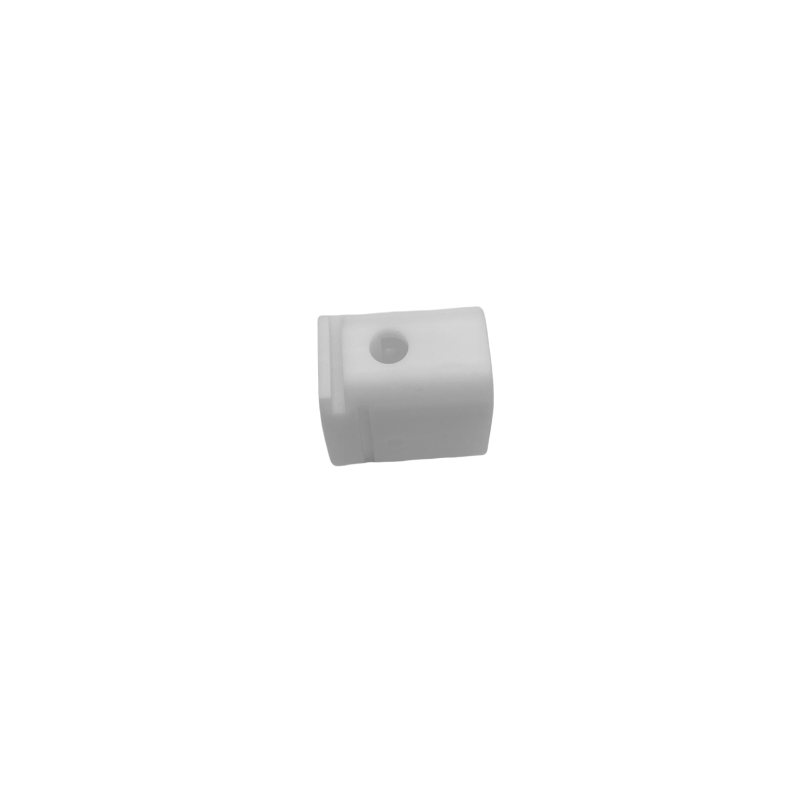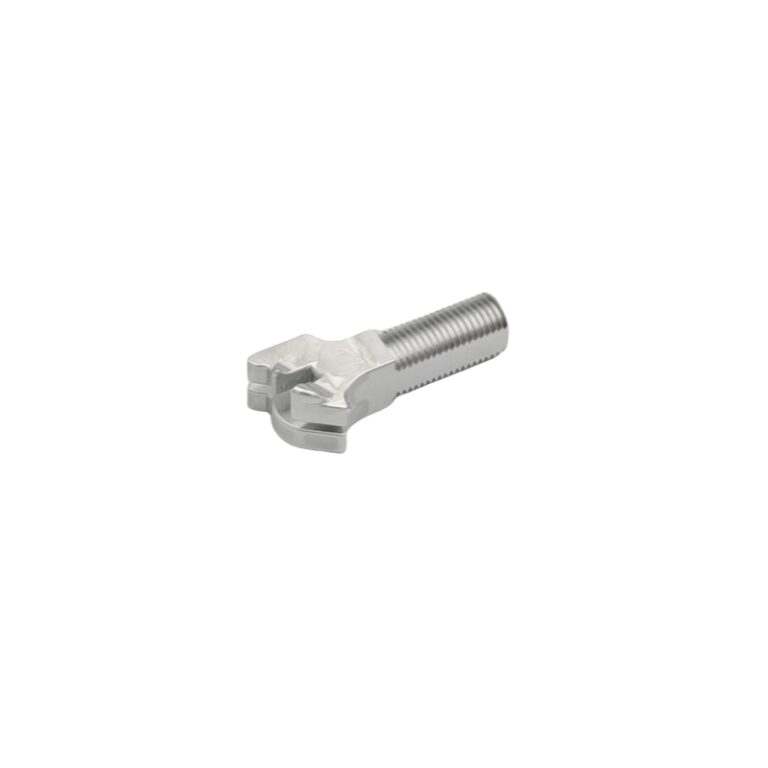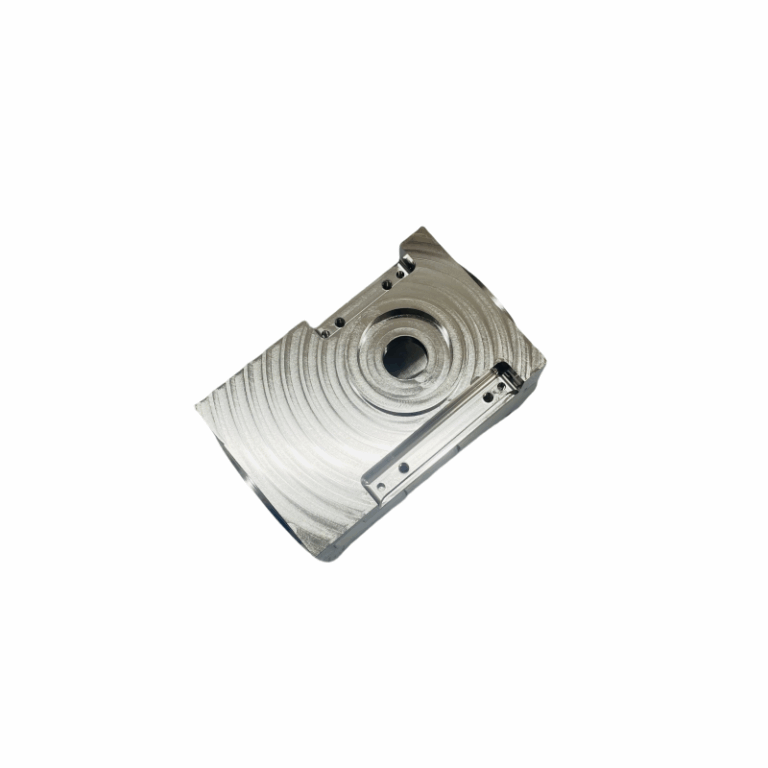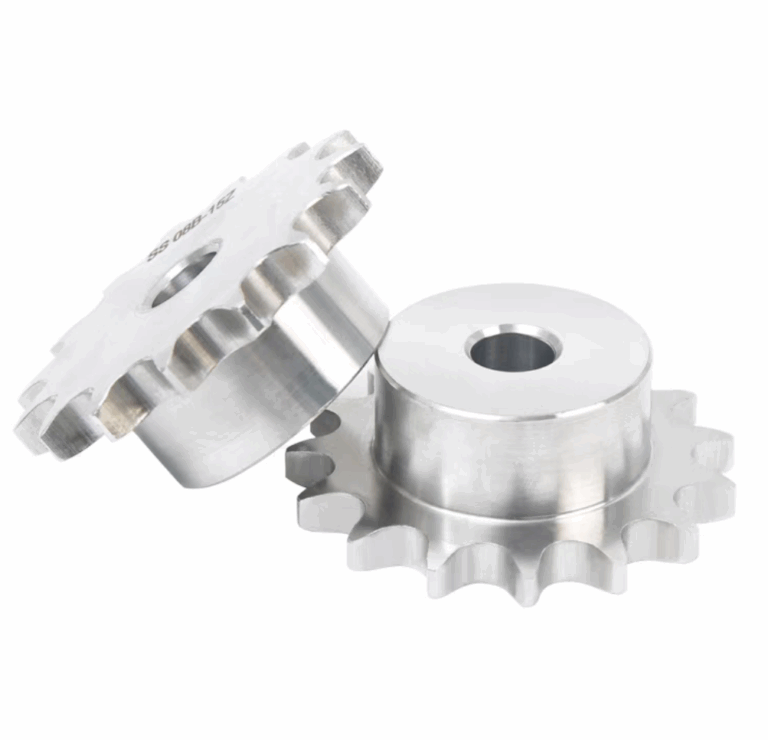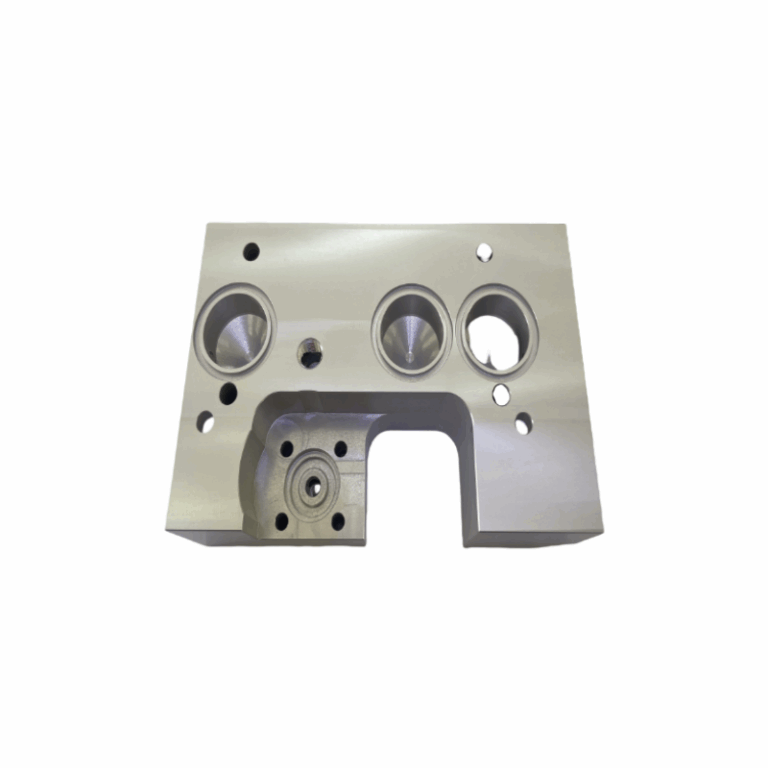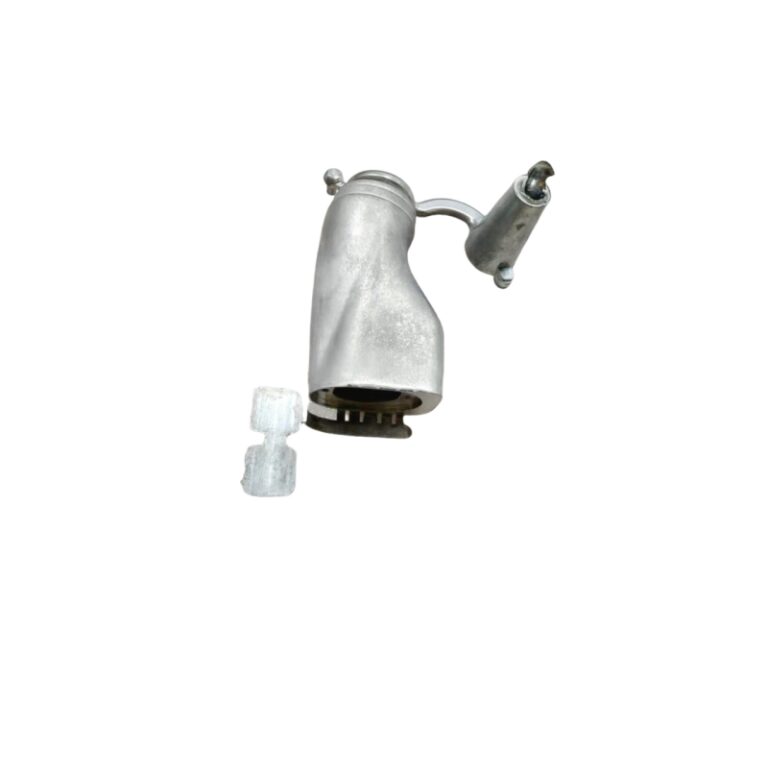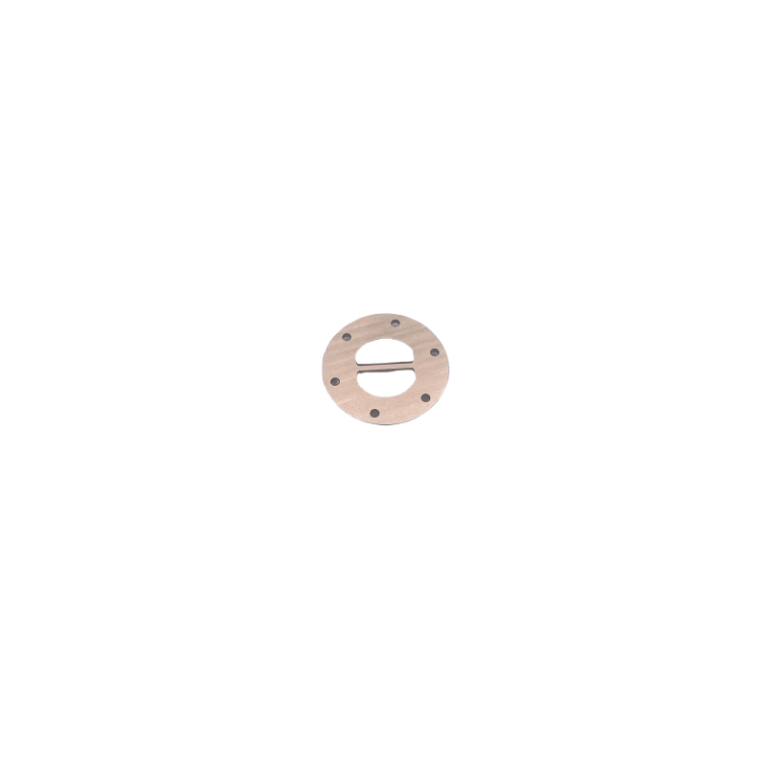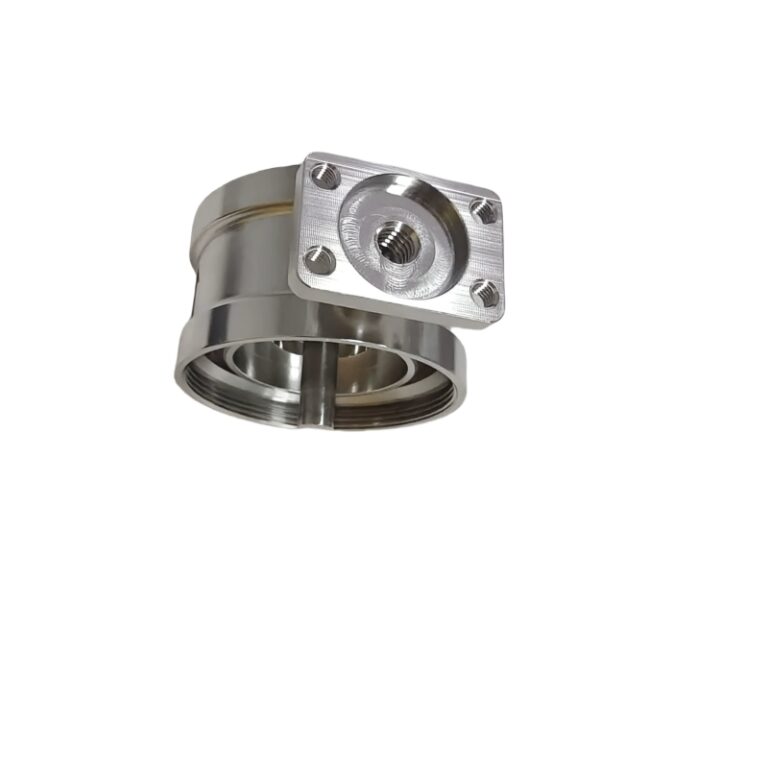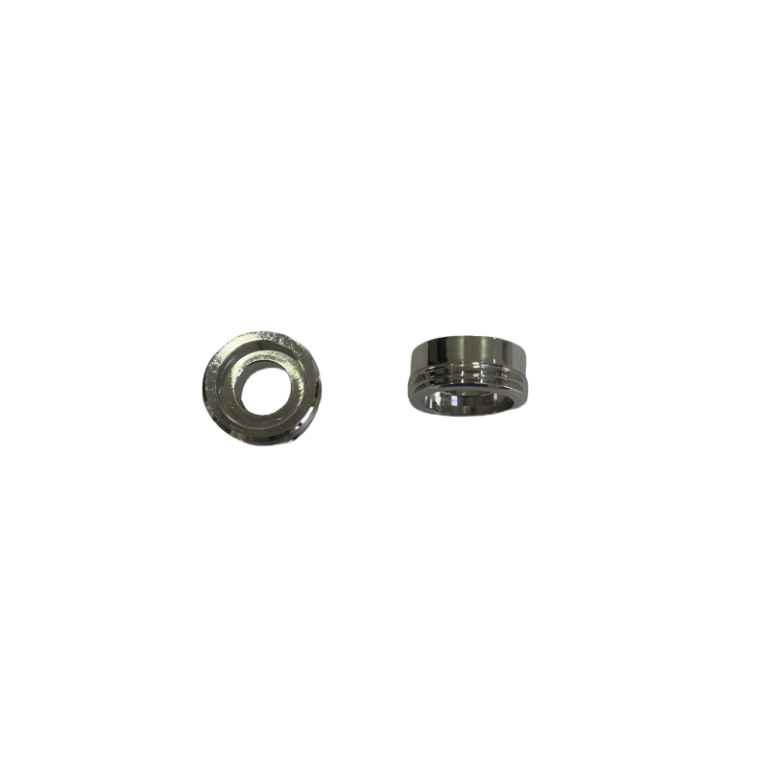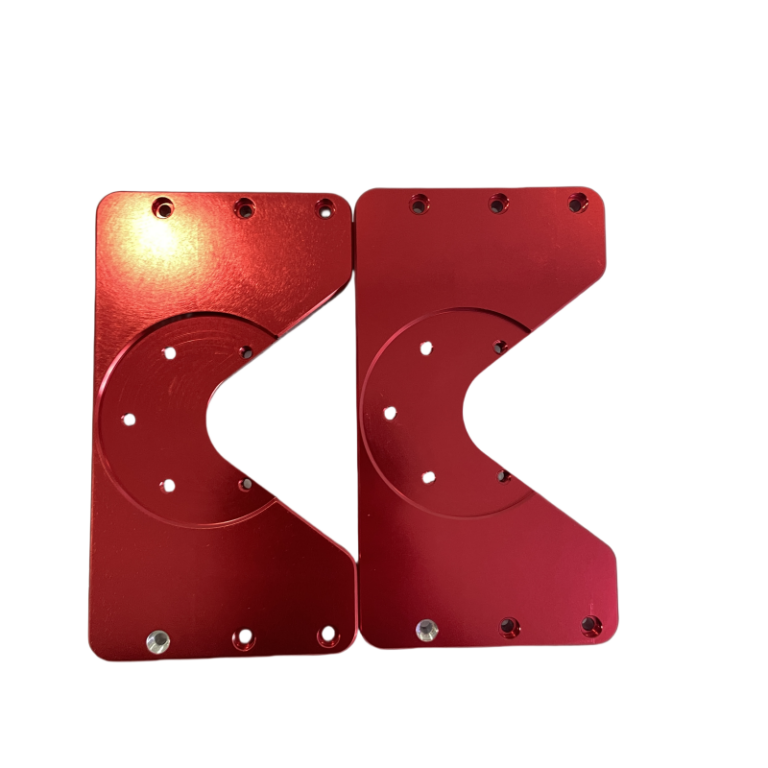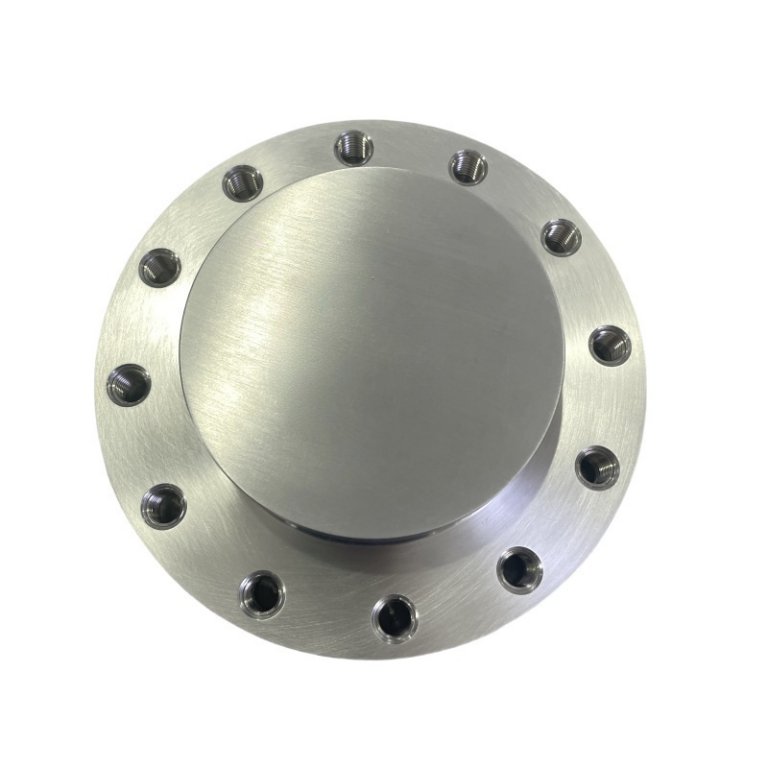Laser marking is more conducive to inserting code, logo, and design than other technologies. The high degree of professionalism of modern laser technology enables us to be marked on all types of plastics. Laser labels will not have problems such as ink adhesion, contrast on dark base materials, or processing complexity. Laser removal or modify the surface of the plastic material or change its color, forming permanent and indelible contrast.
What is laser marking?
Laser labeling technology is one of the largest applications in laser processing. Laser marking is the local irradiation of workpieces using a high-energy-density laser to vaporize surface materials or chemical reactions with color changes, leaving a method of marking a permanent label. Laser labels can make various texts, symbols, and patterns. The size of the character can be from millimeter to micron level, which has special significance for the anti-counterfeiting of the product.
The basic principle of laser marking is to generate high-energy continuous laser beams from the laser generator. The focusing laser acts on the printing material, so that the surface materials are melted instantly, and even gasification. The required graphic marks.
The characteristic of laser marks is non-contact processing. It can be marked on any alien surface. The workpiece will not be deformed and generated. It is suitable for metal, plastic, glass, ceramics, wood, leather and other materials.
Types of plastic material laser marking machine
In the process of plastic laser marking, the results will be affected by the types of machines, lasers, and brackets you use to create tags. The best laser marking machine for plastic components includes:
CO2 laser machine: This machine type can provide high-quality, economical, efficient, and reliable performance for multiple materials (including plastic and metals). If you want to replace other marking techniques, the CO2 machine is a good choice. The CO2 laser is also one of the most effective light beam solutions.
Fiber laser machine: When you want to produce a high contrast effect and minimize the destruction of the surface area, traditional fiber and diode pump lasers are the right choice. Fiber lasers can cut plastic.
UV laser machines (UV laser machines): When using heat-sensitive materials (including plastic, silicon resin, polyethylene, and polycarbonate), plastic ultraviolet laser marking machines are ideal choices. The ultraviolet laser can effectively mark fine and finely highly compared. These machines are usually used in automotive components and medical equipment.
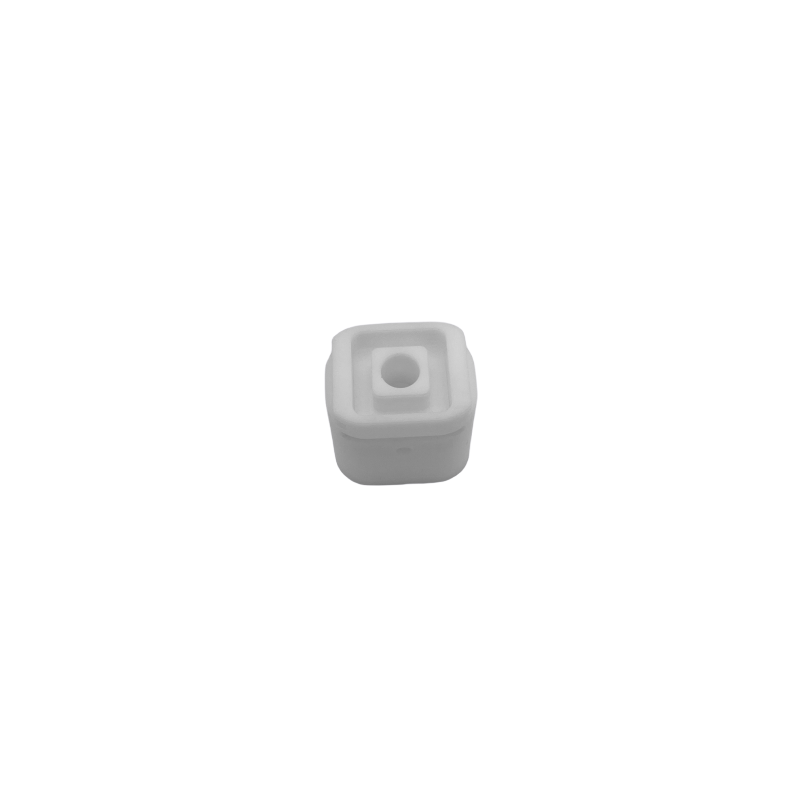
What are the commonly suitable plastic materials suitable for laser marking?
Plastic materials: including polyethylene (PE), polypropylene (PP), polyvinyl chloride (PVC), polycarbonate (PC), polyamide (PA), polymethyl acrylic (PMMA) and other plastic materials. Laser labels can generate clear marks on the plastic surface for identifying product information, trademarks, patterns, etc.
Common for laser marking plastic types
| Classification | Characteristic | Typical Application
|
Type of laser marking machine |
| PE
|
Odorless, non-toxic, feels like wax, with excellent low-temperature resistance. Lightweight, chemical resistance, low water absorption, good electrical insulation. | It is mainly used to manufacture films, packaging materials, containers, pipes, wires and cables, daily necessities, etc., and can be used as high-frequency insulation materials for TV, radar, etc | CO2 laser |
| PP
|
Various options of transparency and color, low density, strong heat resistance, good hardness, fastness and strength balance, simple and flexible processing, and excellent resistance to chemical physicality. | Furniture, packaging, lighting, food packaging, placemats, folders, sticky note boxes
|
CO2 laser, fiber laser |
| PVC
|
Elastic, easy to color, good tear and wear resistance, good sun and sea water resistance, good oil and chemical material resistance | The daily life of plastic doors and Windows, water pipes, cable conductors, toys, extrusion products, glass assembly, packaging, credit cards, and so on | CO2 laser, fiber laser |
| PC
|
High-temperature resistance up to 125C fire, radiation resistant durable, recyclable, non-toxic | Safety helmet, glasses, compact disc case, computer case, architectural glass window, mobile phone case | UV laser |
| PA | Excellent mechanical properties, hydrophilicity, lubricity, wear resistance, corrosion resistance, easy processing and forming characteristics, good oil resistance, strong permeability resistance, non-toxic and tasteless. | Better 3D printing material | CO2 laser, fiber laser |
| PMMA
|
Excellent resistance to chemical substances and weathering, high printing adhesion, high surface hardness, good durability | Display goods retail standard board, interior products, furniture, lighting equipment, glass fittings
|
CO2 laser |
Advantages of plastic laser marking
The application of laser marking in the industrial field is becoming more and more frequent, because they are considered particularly reliable, and they have many advantages compared to traditional marking technology:
- Permanent carving: Laser labeling is permanent, and because of its chemical resistance, light resistance, wear resistance, and heat resistance, it will not fade over time.
- Fonts and markings: These laser systems can create marks on any size component, with a font size of 2.5 or smaller. Barcodes or letters can be carved on a large-scale work area.
- Both laser marking systems can be easily integrated into larger systems so that multiple components can be processed at the same time.
- No contact: This is a processless process that does not remove any materials or affect its physical characteristics.
- Uniformity: The carving process does not produce any tension, pressure, or fixation, and ensures that the uniform result can be obtained at each time.
- Economic and efficient: Laser-cutting plastic is an economical and efficient production process no additional materials are required and the maintenance cost is extremely low.
Application of laser marking:
Laser marking has many advantages. In actual life, it is widely used in many application fields:
- Aerospace: In the field of aerospace, laser marks can mark aircraft parts and spaceware components. It is used to identify and trace.
- Automotive industry: Laser marking can be used to mark car parts. It is used to trace, identify, and anti-counterfeiting, such as engine parts, chassis components, glass, etc.
- Electronic industry: Laser marking can make tiny marks on the surface of electronic components, chips, and circuit boards. It is used to identify, track, and anti-counterfeiting.
- Medical device: Laser marking can mark medical equipment, organ transplantation, and other medical applications. It can ensure the traceability and quality of the product.
- Industrial manufacturing: Laser marking can mark serial numbers, barcodes, dates, and production batches. It can also mark other parts, products, and tool information. It can also be imprinted on metals, plastics, ceramics, and other materials.
- Home Appliance Manufacturing: Laser marking can be used to identify the brand, model, and technical specifications of products. Such as home appliances, kitchen equipment, etc.
- Food packaging: Laser labels can mark information on food packaging. Such as production date and shelf life. It ensures food safety and compliance.
DMTC plastic laser marking solution
Our laser systems are carefully designed to quickly and accurately deliver high-quality, permanent markings, from simple numbers to complex graphics. The advantages of marking plastics with DMTC laser marking systems include minimal consumables, ongoing cost reductions, and environmental protection. In addition, DMTC lasers are highly adaptable to various plastic types and colors. Ensuring optimal contrast and clarity. DMTC offers the best solutions for laser technology. Please contact us (sherry.guo@szdmtc.com).
FAQ:
- Can all types of plastic be laser-marked?
Most plastic can laser marking, but each plastic response is different. Polycarbonate (PC), acrylic (PA), and polypropylene (PP) are suitable for laser marking, while some plastic requires special settings to get the best results.
- Is laser marking safe in all environments?
Laser marking is generally safe, but some plastic releases gas when heating. In these cases, it is recommended to use appropriate ventilation or air filters to ensure the safety of the working space.
- Is laser marking environmental protection?
Yes, laser marking is environmentally friendly. It does not use ink or carbon powder to reduce waste. In addition, because the labeling is lasting, there is no need to reprint, thereby saving resources.

